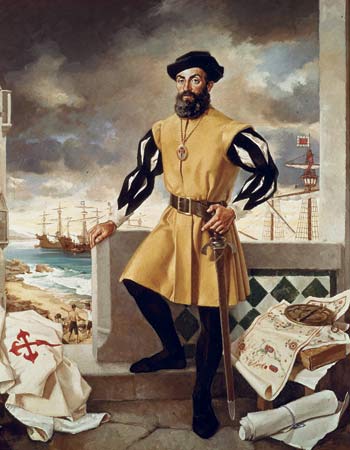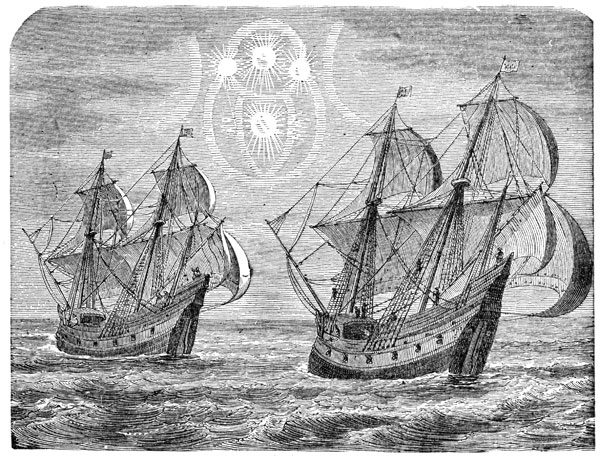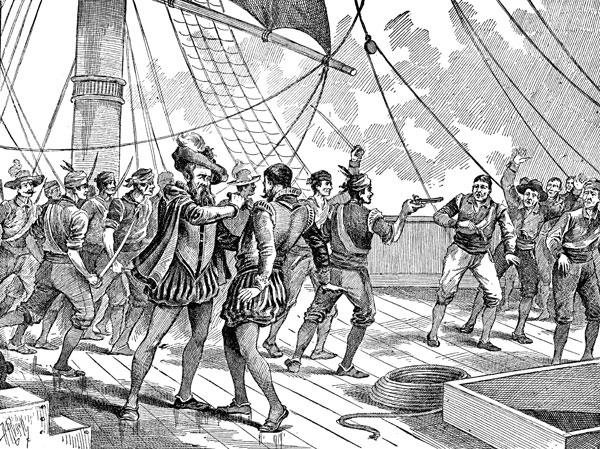Sixteenth Century
The 16th Century and the Age of Settlements
In the history of project management this period was dominated by the age of settlements and colonies spurred by exploration driven by European powers. European Colonization brings in vast wealth that is reinvested into further exploration. From a PM perspective large projects are sponsored by the crown and state more than through the church. The book industry expands and puts a vast array of subjects into the hands of a PM, and the birth of modern engineering. New technology improves materials manufacture for glass and brass which become widely available.
|
New devices like the quadrant and vernier were made from these materials. These were employed in map making which became more accurate. With maps compass lines and other navigation aids were included, new map projections were devised, and globes were constructed. New metal printing presses allowed for the mass production of accurate maps. Mercator issued a world atlas in 1585. When Vasco da Gama and the Portuguese arrived in India in 1498, it became urgent for Spain to find a new commercial route to Asia. The Treaty of Tordesillas reserved for the Portuguese the routes that went around Africa. Ferdinand Magellan came up with the idea of finding a new sea route to the Spice Islands, but to realize this he needed to get support, financial backing, and patronage. The project objective was purely commercial, to find a western sea route and the plan was to sail west around South America, cross the Pacific Ocean, reach the Spice Islands, and then return back, circumnavigating the world. New devices like the quadrant and vernier were made from these materials. These were employed in map making which became more accurate. With maps compass lines and other navigation aids were included, new map projections were devised, and globes were constructed. New metal printing presses allowed for the mass production of accurate maps. Mercator issued a world atlas in 1585. When Vasco da Gama and the Portuguese arrived in India in 1498, it became urgent for Spain to find a new commercial route to Asia. The Treaty of Tordesillas reserved for the Portuguese the routes that went around Africa. Ferdinand Magellan came up with the idea of finding a new sea route to the Spice Islands, but to realize this he needed to get support, financial backing, and patronage. The project objective was purely commercial, to find a western sea route and the plan was to sail west around South America, cross the Pacific Ocean, reach the Spice Islands, and then return back, circumnavigating the world. Unfortunately, the Portuguese king would not fund this voyage because he saw no need for such a frivolous expenditure, and rejected Magellan's idea. Magellan moved to Spain, got married, renounced his nationality and became a Spanish citizen. Eventually, he presented a plan to the Spanish King who agreed, and granted the adventurers a twentieth of the clear profit, and the governorship of any islands they might discover, to be vested to them and their heirs. Once he got the monarch’s support all the project risks were downloaded to Magellan by them because they did not trust him and even swapped his Portuguese crew out. Magellan’s expedition around the world fell into trouble partly because he mishandled his communications. Magellan had incomplete maps of the Americas, and an inaccurate estimate of the circumference of the earth. He claimed he knew where the passage to the Spice Islands was. He didn’t and lied to his sponsor (king of Spain) and crew. Magellan’s expedition around the world was fraught with risk. During the voyage Magellan didn’t communicate constantly or effectively, which was vital in heading off mutinies. Soon he had a full scale mutiny on his hands. |
|



